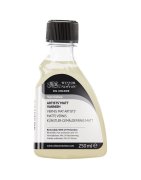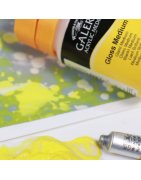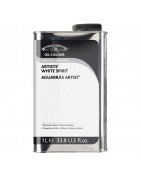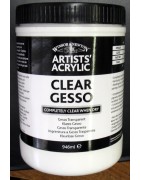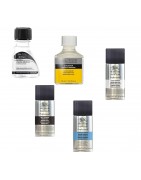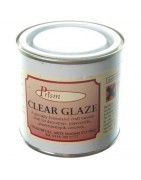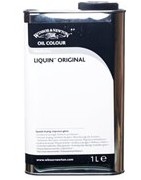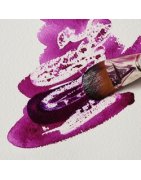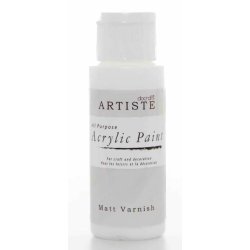Subcategories
-
Acrylic mediums
Acrylic mediums are used to modify the properties of acrylic paint, such as its texture, viscosity, drying time, and finish. These mediums can be mixed with acrylic paint to create different effects and textures, and they can also be used on their own to create unique works of art.
Some common acrylic mediums include:
- Gesso: Gesso is a primer that is applied to a surface before painting with acrylics. It creates a smooth, non-porous surface that helps the paint adhere better and prevents it from seeping into the surface.
- Gel medium: Gel medium is a thick, transparent medium that can be used to create texture and depth in acrylic paintings. It can also be used as a glue for collage work.
- Modeling paste: Modeling paste is a thick, opaque medium that can be used to create three-dimensional texture in acrylic paintings. It can be applied with a palette knife or other tools to create sculptural effects.
- Glazing medium: Glazing medium is a thin, transparent medium that can be used to create thin, translucent layers of colour in acrylic paintings. It can be mixed with paint to create glazes that allow underlying layers of paint to show through.
- Pouring medium: Pouring medium is a fluid medium that can be mixed with paint to create a pouring consistency. It allows the paint to flow easily and create interesting effects, such as cells and lacing.
Overall, acrylic mediums are essential tools for acrylic artists to create unique and expressive works of art.
-
Artists' Solvents
Solvents suitable for equipment cleaning and paint thinning
-
Artists' surface...
Artists' surface preparations including sealants and gessos for paper and canvas
-
Artists' varnish
Matt, gloss and satin artists' varnish, spray on or brush on, professional permanent archival or removable.
-
Craft mediums
Crafters mediums
-
Oil mediums
Oil painters mediums
-
Watercolour mediums
Watercolour mediums are used to modify the properties of watercolour paint, such as its transparency, viscosity, and drying time. These mediums can be mixed with watercolour paint to create different effects and textures, and they can also be used on their own to create unique works of art.
Some common watercolour mediums include:
- Water: Water is the primary medium used in watercolour painting. It is used to thin the paint, create washes, and blend colours.
- Gouache: Gouache is a watercolour medium that contains more pigment than traditional watercolours, giving it a more opaque and vibrant finish.
- Masking fluid: Masking fluid is a liquid that is used to mask off areas of the painting that the artist wants to protect from the watercolour paint. Once the paint has dried, the masking fluid can be rubbed off, revealing the protected area.
- Gum arabic: Gum arabic is a binder that is added to watercolour paint to make it more adhesive and prevent it from flaking or cracking.
- Texture mediums: Texture mediums are added to watercolour paint to create texture and depth in the painting. Examples include granulating medium, which creates a grainy effect, and salt, which creates a speckled effect.
Overall, watercolour mediums are essential tools for watercolour artists to create unique and expressive works of art.
Mediums, Solvents & Varnishes
Artist mediums, solvents, and varnishes are essential categories of art supplies that enable artists to manipulate and enhance their artwork.
Artist mediums refer to the materials that are added to paint or other media to alter its consistency, drying time, or finish. Examples of mediums include acrylic medium, oil painting medium, and gel medium.
Solvents are used to thin out paints or clean brushes and other painting tools. They can also be used to dissolve dried paint from surfaces. Common solvents used by artists include turpentine, mineral spirits, and denatured alcohol.
Varnishes are applied to a finished artwork to protect it from dirt, dust, and other environmental factors. They can also enhance the colors and texture of the artwork, making it appear more vibrant and alive. Varnishes come in different types such as gloss, matte, and satin finish.
Overall, these product categories are crucial for artists to achieve their desired results and to preserve the longevity of their artwork.
